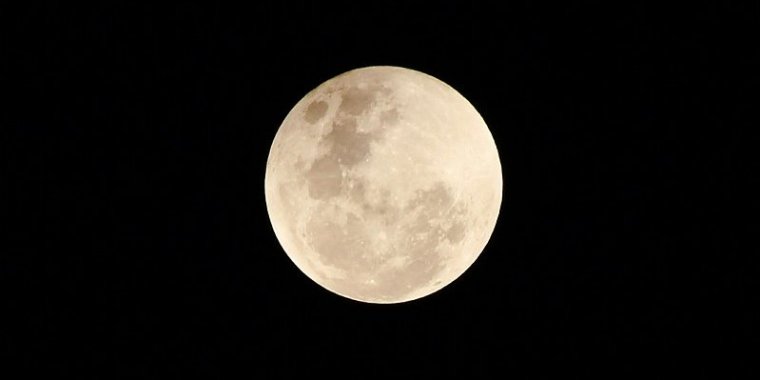| News / Space News |
Moon to Get Its Own Mobile Network
Several high-tech companies are teaming up on a plan to put a mobile phone network on the moon next year.

Moon to get its own mobile network. ![]()
Vodaphone Germany, Nokia, and Audi are working on a mobile network and robotic vehicles that are part of a private expedition to the moon, timed to coincide with the 50th anniversary year of the first manned lunar landing.
The project with PTScientists in Germany would use a 4G network to send high-definition information from rovers back to a lunar lander, which would then be able to communicate it back to Earth.
Project scientists say the system uses less energy than having rovers speak directly to Earth, leaving more power for scientific activities.
They plan to launch the vehicles from Cape Canaveral next year on a Space X Falcon 9 rocket. (VOA)
YOU MAY ALSO LIKE



